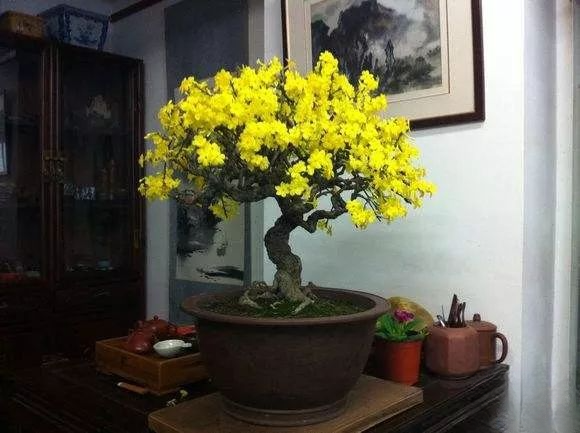How to regulate the flowering period of flowering bonsai
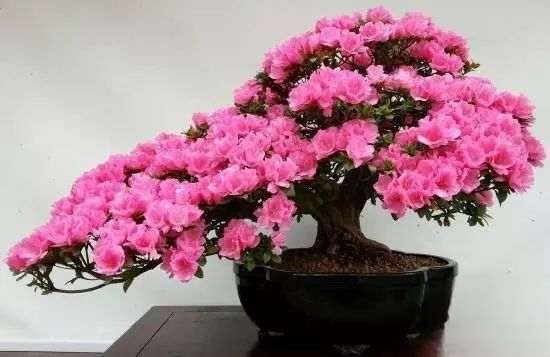
Flowers and bonsai have their fixed blooming time, but if you want to see a house full of various flowers in winter, or if bonsai enthusiasts want flowers to bloom at a certain time of year, this can be achieved through human intervention.
1. Flowering period regulation method
The time when flowers bloom can be controlled in the following ways.
(1) Temperature control. The function of temperature control is to regulate the dormancy period, flowering induction and flower bud formation period, and flower stem elongation period of flowers. Below we will introduce in detail the role of temperature control in controlling the flowering period.
① Breaking dormancy: Temperature regulation can increase the activity of dormant embryos or growth points, break the spontaneous dormancy of nutrient buds, and make them germinate and grow. For example, if gladiolus bulbs are refrigerated at a low temperature of 2 degrees Celsius to 5 degrees Celsius for 5 weeks, their dormancy can be broken, and they can be planted in advance, which can advance the flowering period.
② Vernalization: At a certain stage of the flower life cycle and at a certain temperature, the vernalization stage can be completed through a certain period of low temperature, so that the differentiation of flower buds can break the routine. Therefore, by lowering the temperature, the effect of regulating the flowering period can be achieved. For example, six-petaled flowers can continuously produce new buds at a suitable temperature, and the formation of flower buds needs to be induced by low temperatures of 5 degrees Celsius to 13 degrees Celsius. It takes about 4 to 6 weeks in China. Summer cultivation needs to keep it at a ground temperature of 15 degrees Celsius, so that it can bloom continuously, otherwise it can only wait until winter to plant it again and promote the growth of new seedlings through low temperatures. There are also some flowers, such as fuchsia, which will stop growing and not blooming under hot summer conditions. At this time, we can use measures to lower the temperature to promote its continuous flowering.
③ Flower bud differentiation: Flower bud differentiation of cultivated flowers requires a suitable temperature range. Only within this temperature range can flower bud differentiation proceed smoothly. Different flowers have different suitable differentiation temperatures. For example, jasmine can be heated in spring to promote early flowering. Jasmine can be heated before the temperature drops in late autumn to extend the flowering period.
④ Flower bud development: Some flowers enter dormancy after the flower bud differentiation is completed, so temperature treatment is required to break the dormancy of the flower buds and develop and bloom. The differentiation and development of flower buds often require different temperature conditions.
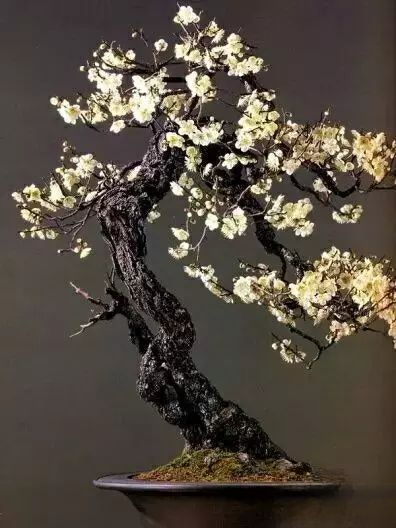
⑤ Influence on the elongation of flower stems: The elongation of flower stems of some flowers requires a certain period of low temperature pretreatment, and then they can be elongated under high temperature conditions. For example, Clivia, tulips, etc. Therefore, the temperature must be adjusted.
(2) Light regulation. For some flowers, the light cycle is the dominant factor that restricts their flowering. Therefore, flower lovers can control the light time of some flowers to change the time when the flowers bloom.
In order to make long-day flowers bloom in the autumn and winter when the natural daylight is short, artificial light can be added for 3 to 4 hours after sunset.
And give it proper heating; if you want to delay its flowering,
You can reduce the amount of light exposure by shading the plant for a few hours during the day, which can delay flowering.
For short-day flowers such as chrysanthemums, Christmas cacti, poinsettias, etc., you can cover them with black cloth or black plastic bags in the evening or morning to block out light for several hours, giving them only 8 to 10 hours of sunlight a day.
In this way, it will bloom in about two months; conversely, if the light hours are artificially increased to more than 12 hours a day, the purpose of delayed flowering can be achieved.
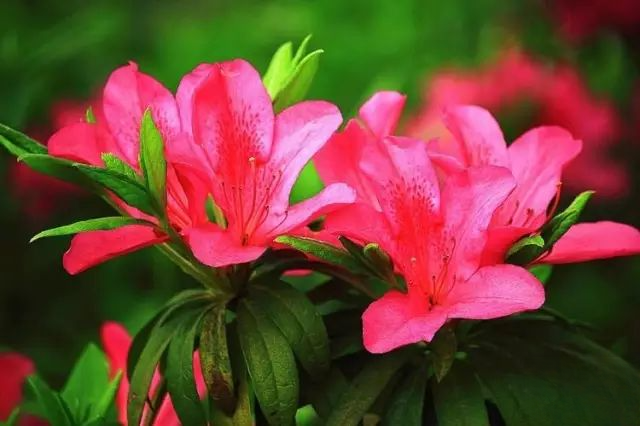
In addition, for flowers that bloom at night, such as Epiphyllum, after the buds appear, you can shade them during the day and apply artificial light at night, so that they will bloom during the day.
(3) Water and fertilizer regulation. Some woody flowers will complete the entire process of flowering and fruiting in a very short time when encountering harsh environments in order to continue their offspring. We can take advantage of this characteristic of woody flowers and adopt methods of controlling water to adjust the flowering time of these flowers. For example, if you stop watering bougainvillea when the nutrition, light, soil conditions, and temperature conditions are suitable for reproductive growth, until the leaves wilt and fall off, and then water it in small amounts for about 20 days, the bougainvillea will be full of flowers.
For some bulbous flowers, the flower buds will stay in the bulbs under dry conditions and will not grow and bloom until water is supplied. For some flowers, the flower buds have differentiated at the turn of spring and summer. At this time, if you do not water them, prompting them to drop leaves or peel leaves early, and then spray water, you can make them bloom for the second time that year.
For herbaceous flowers that bloom successively, nitrogen fertilizer can be applied once at the end of flowering to extend the flowering period; if too much nitrogen fertilizer is applied in the early growth stage of flowers, it will delay flowering. After the plant's vegetative growth reaches a certain level, adding phosphorus fertilizer and potassium fertilizer can promote early flowering of flowers.
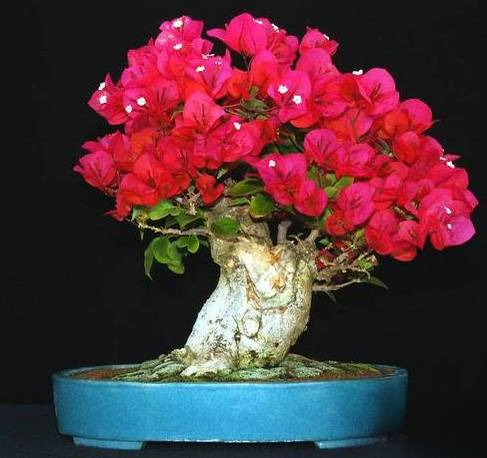
(4) Pruning and regulation. The growth rate of flowers and their flowering time can be regulated by pinching, pruning, bud removal, bud stripping, leaf stripping, and ring barking. Generally speaking, pinching can shape the plant and delay flowering; stripping the side buds of flowers can promote the flowering of the main buds; removing the top buds is conducive to the flowering of the side buds; and ring barking can cause nutrients to condense on the upper branches, which is conducive to the flowering of the plants.
Because the types of flowers are different, the amount of picking and the season are also different. For example, saffron and geranium can be pruned after the plants bloom, and management should be strengthened, so that the plants can re-sprout branches and leaves, and marigolds, fuchsias and other flowers can be pruned to control the formation of their buds.
(5) Drug regulation. Drugs can be used to regulate the flowering period of flowers. Currently, commonly used drugs include gibberellins, ethephon, chlormequat, paclobutrazol, mepiquat and cytokinins. For example, gibberellins have a significant effect in promoting flowering and are often used to treat dormant buds of peonies and peony, and flower stems of daffodils and Clivia. These drugs can not only induce flowers to bloom, but also dwarf plants, promote rooting, prevent flowers and fruits from falling, ripen fruits and remove weeds.
These measures to regulate the flowering period of flowers are not isolated. The measures to be used should be selected according to the types and varieties of flowers, and attention should be paid to the coordination of other corresponding measures and environmental conditions, so that some measures play a leading role and some measures play an auxiliary role; or these measures can be used at the same time, or these measures can be used one after another to achieve the best coordination and ensure that the flowers bloom as expected.

2. Problems encountered in flowering period regulation and solutions
(1) Dull buds. Dull buds are buds that fail to open normally during their growth period. If flowers do not have sufficient water during the period from bud growth to opening, it is easy to produce dumb buds, such as Epiphyllum and Euphorbia obesa. In order to avoid the occurrence of dumb buds, it is necessary to increase the water supply, and if seedlings can be stunted before planting, their resistance to stress can be greatly improved.
The phenomenon of dumb buds may also be caused by the lack of fertilizer for flowers. Due to insufficient fertilizer, the growth and development of the plants become slow, causing the flower buds that have completed some morphological differentiation to stop developing, resulting in dumb buds. For example, water lilies are prone to dumb buds due to lack of fertilizer.
If the temperature around the flowers is too high, it can easily lead to the formation of dull buds. For example, plants such as forsythia and forsythia will easily develop dull buds due to the high temperature.
(2) Flower center exposure. When the flower is fully open, the stamens in the middle are exposed, which is called flower center exposure. Flower center exposure will greatly reduce the ornamental value of the flower and is an important sign of a significant decline in flower quality.
The appearance of flower buds is probably caused by the following factors.
① It may be because the flower varieties have degenerated. Because flowers have different reproduction methods, if they are not managed well or the genetics of flowers change during this process, they may cause the flower varieties to degenerate. The remedy is to update the flower varieties in time.
② The flower's exposed stamens may also be caused by insufficient nutrition. Plants often transport nutrients in their bodies to the flower organs first to ensure the normal development of flowers. However, in the case of insufficient nutrition, many double-petal varieties will bloom single petals, exposing stamens, reducing the ornamental value. In order to avoid this phenomenon, you can fertilize before the flower buds differentiate to provide sufficient nutrients to ensure the normal development of flower buds.
③ If the flowers are not exposed to enough light, they may also be exposed. Insufficient light will affect the accumulation of photosynthetic products, thereby affecting the differentiation of flower buds and causing the flowers to be exposed. In order to prevent this phenomenon, reasonable photoperiod regulation can be carried out when the plants are in the stage of flower bud differentiation.
(3) Flowering period misalignment. Sometimes we expect flowers to bloom during the Spring Festival, but they fail to bloom or bloom early. This is called flowering period misalignment.
In order to prevent the plant from flowering too early, in addition to strictly following the management procedures during daily management, timely treatment should be carried out according to the growth and development of the buds about three weeks before the scheduled flowering. For example, top dressing can be stopped, and shading or lowering the temperature can be used to delay the opening of flowers.
If the flowers are slow to develop and fail to bloom as scheduled, they should be properly fertilized three weeks before the flowers bloom. You can also use foliar fertilization to promote flowering. For example, you can spray the plants with potassium dihydrogen phosphate and other flowering agents every few days.
In addition, you can increase the light appropriately and raise the ambient temperature to encourage the flowers to open quickly. Of course, for some flowers that like coolness, too high an ambient temperature will often delay the flowering period.
(4) Abnormal flower color. Abnormal flower color is caused by the influence of pigment synthesis of flowers, which is mainly affected by nutrients, light and temperature.
The lighting environment has a great influence on the color of flowers. Light can promote the formation of anthocyanins. If the photosynthetic products are sufficient, the anthocyanin content will be higher, making the flowers appear bright and eye-catching.
Temperature conditions also have a great impact on flower color. Usually, low temperature environments are conducive to the accumulation of photosynthetic products and the formation of anthocyanins, while high temperature conditions are not conducive to the accumulation of photosynthetic products. If the temperature difference between day and night is larger when the flower is about to bloom, the color of the flower will appear more vivid and eye-catching.
